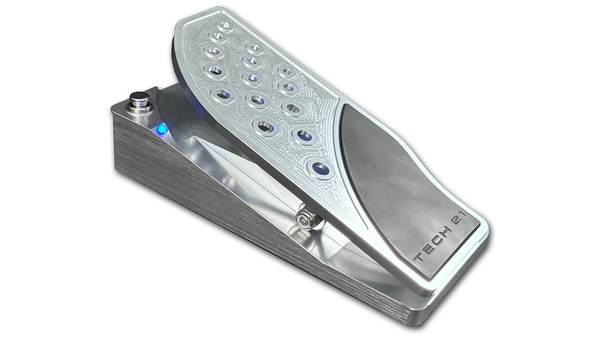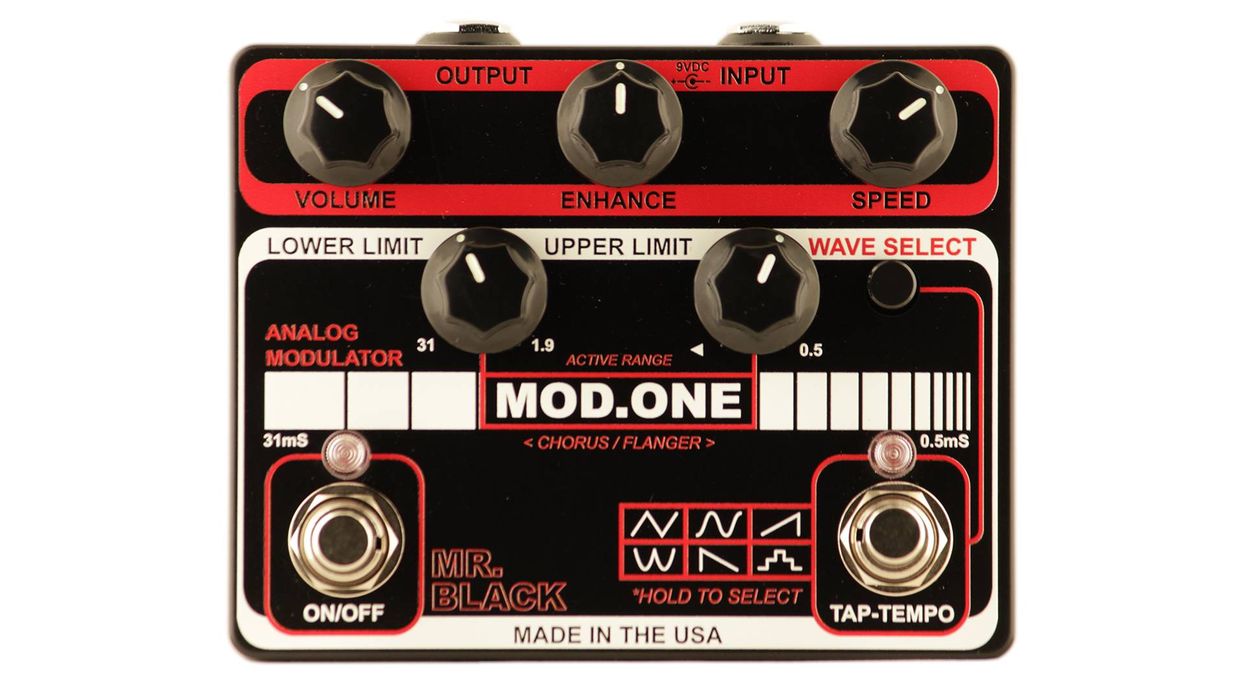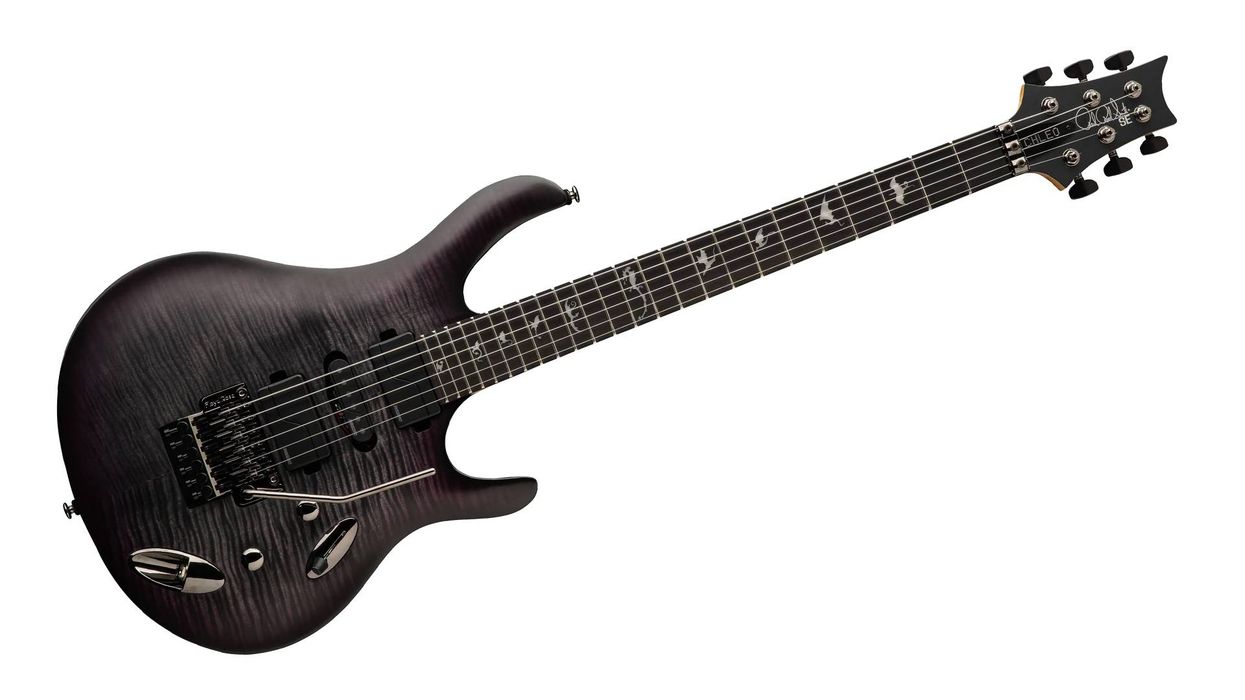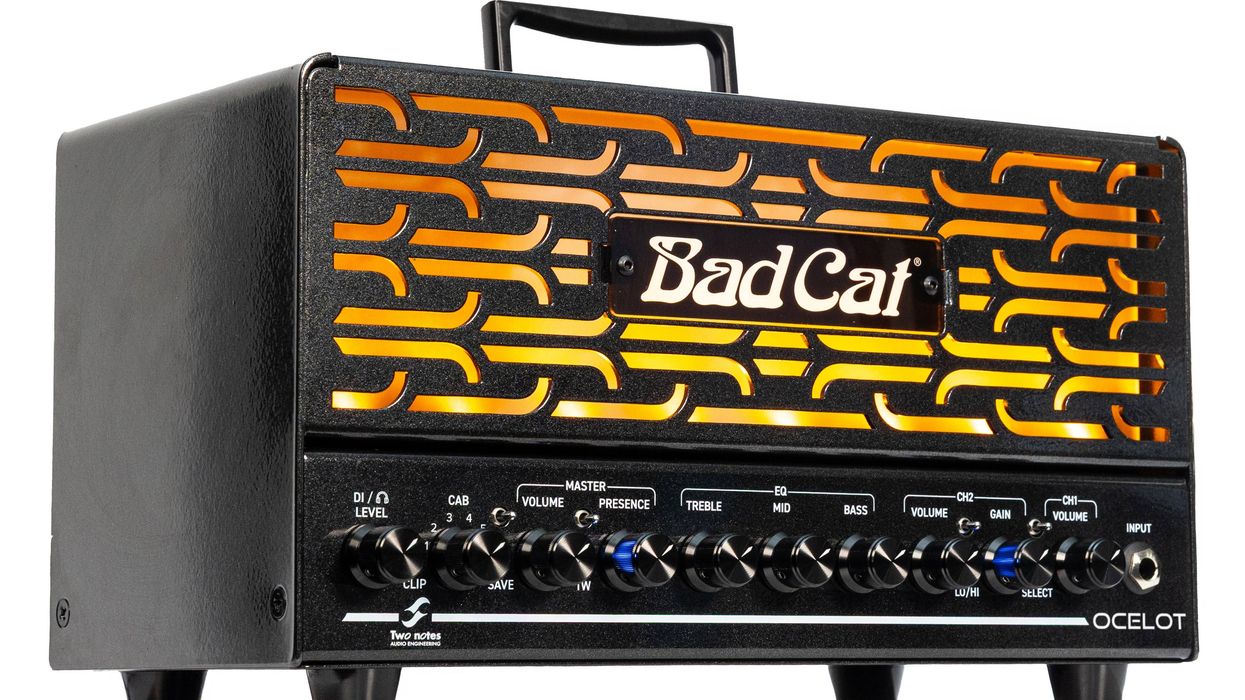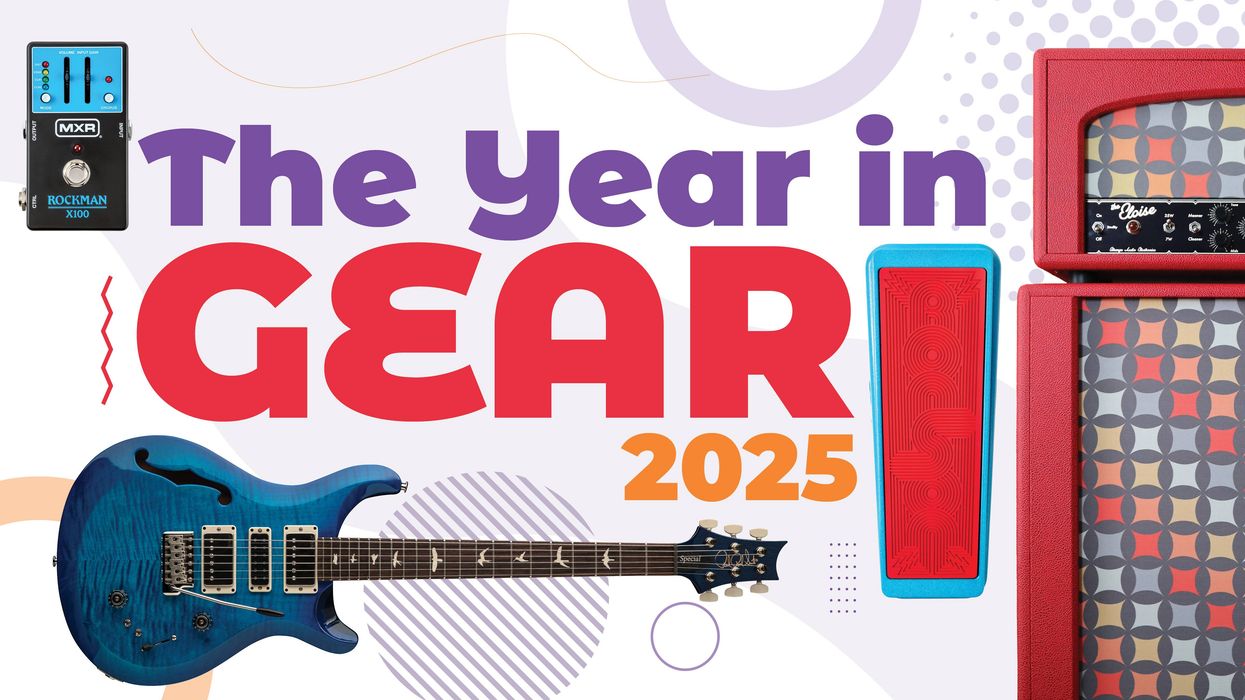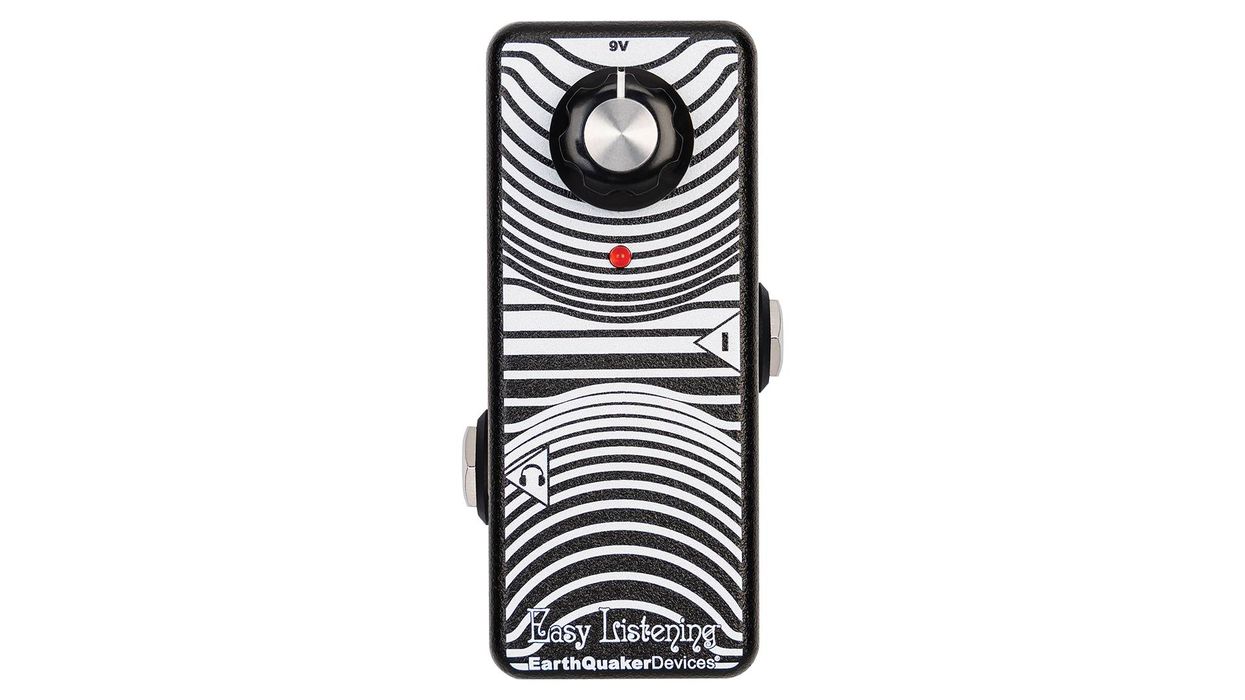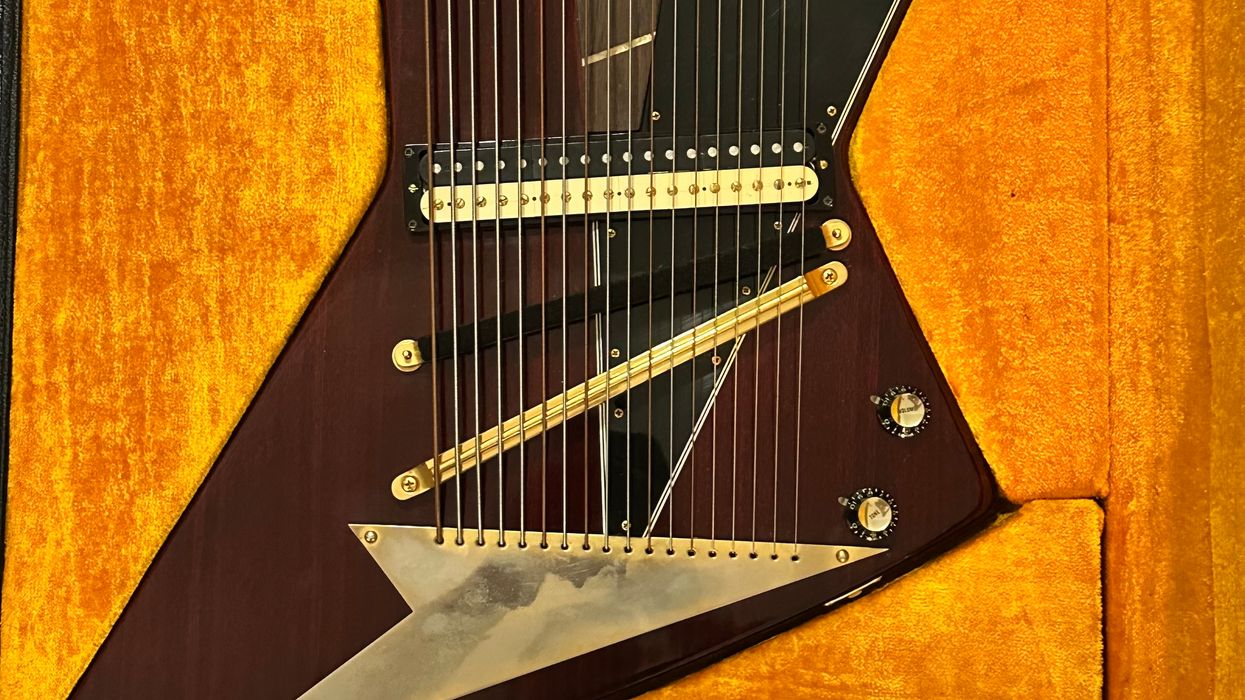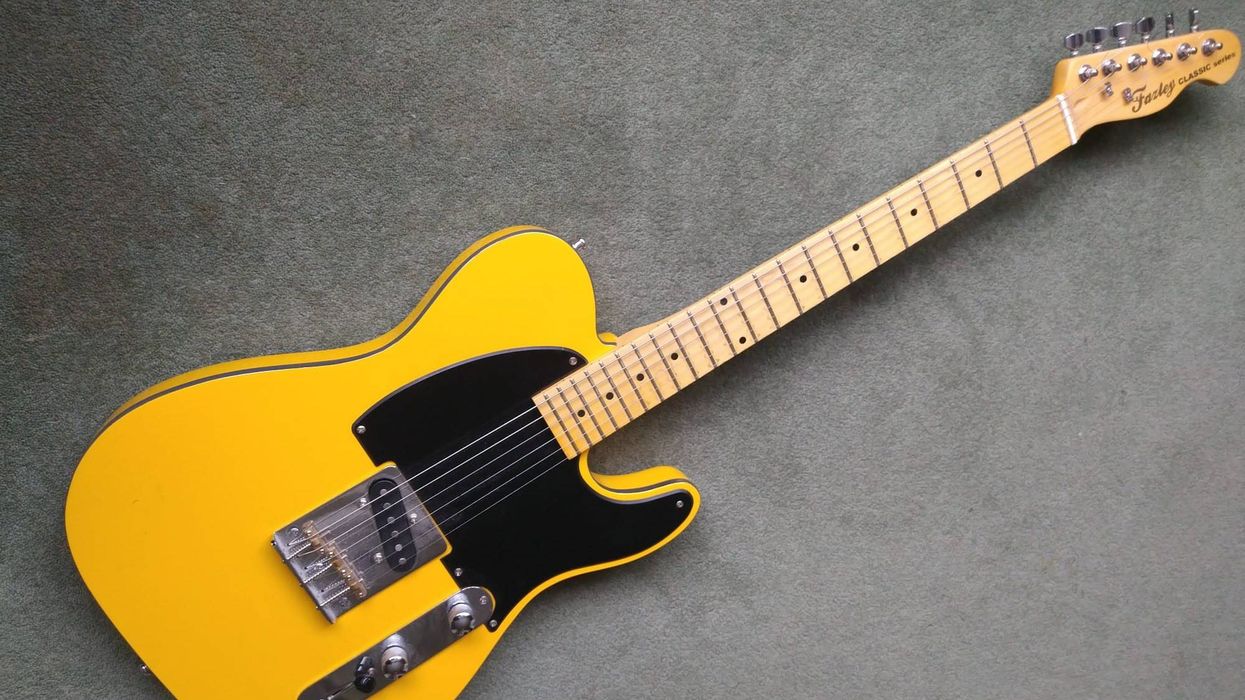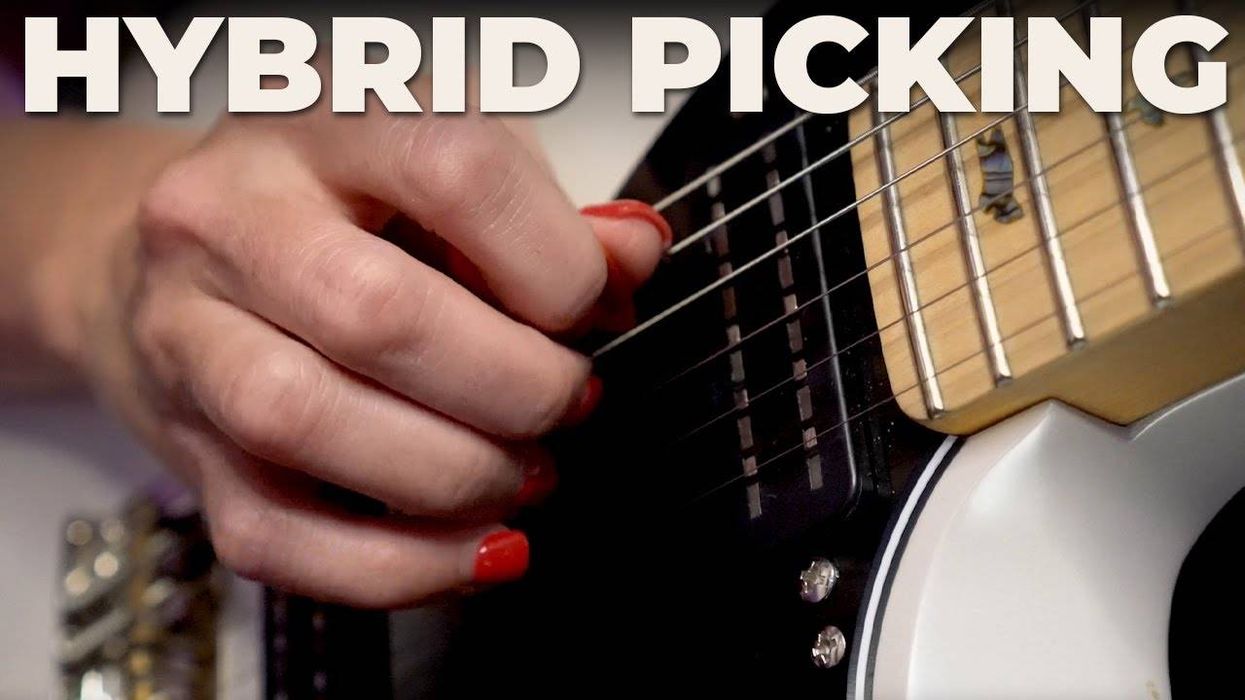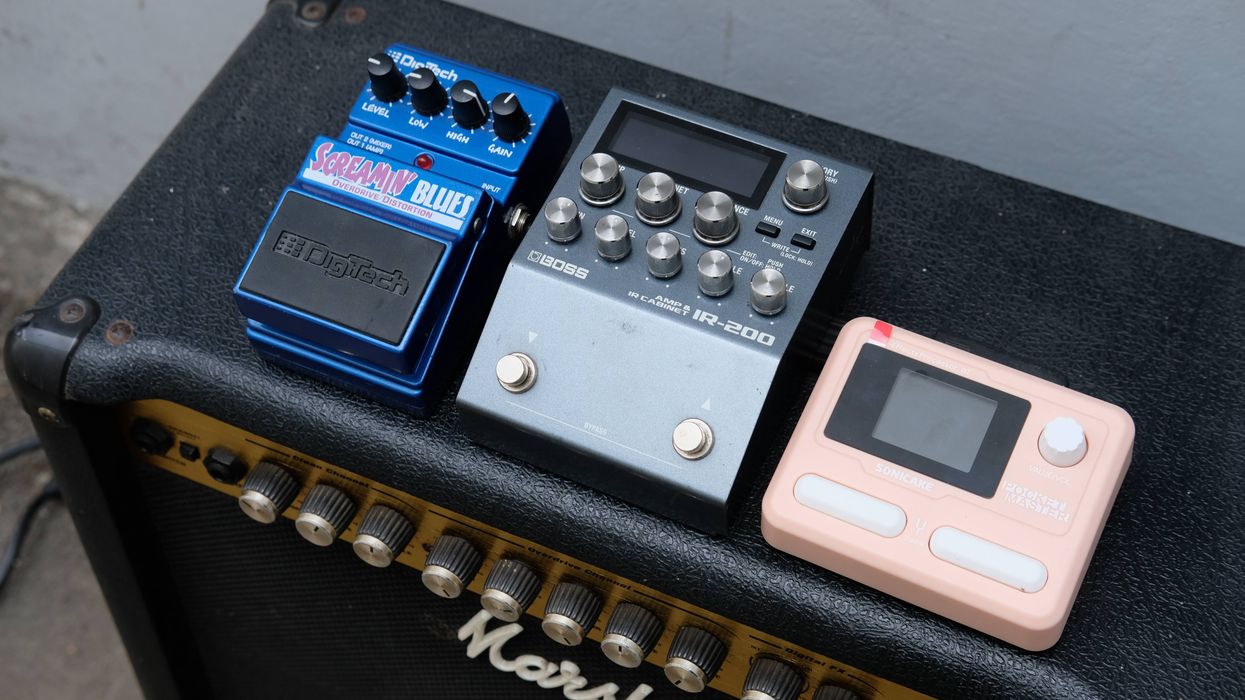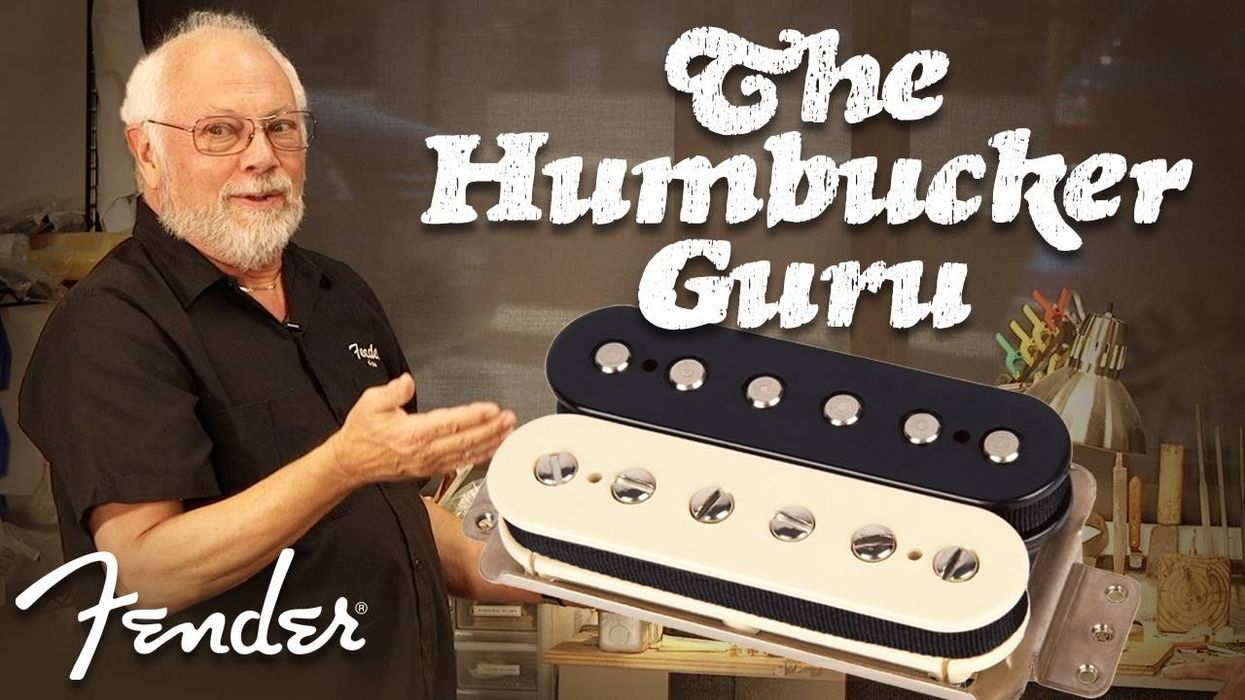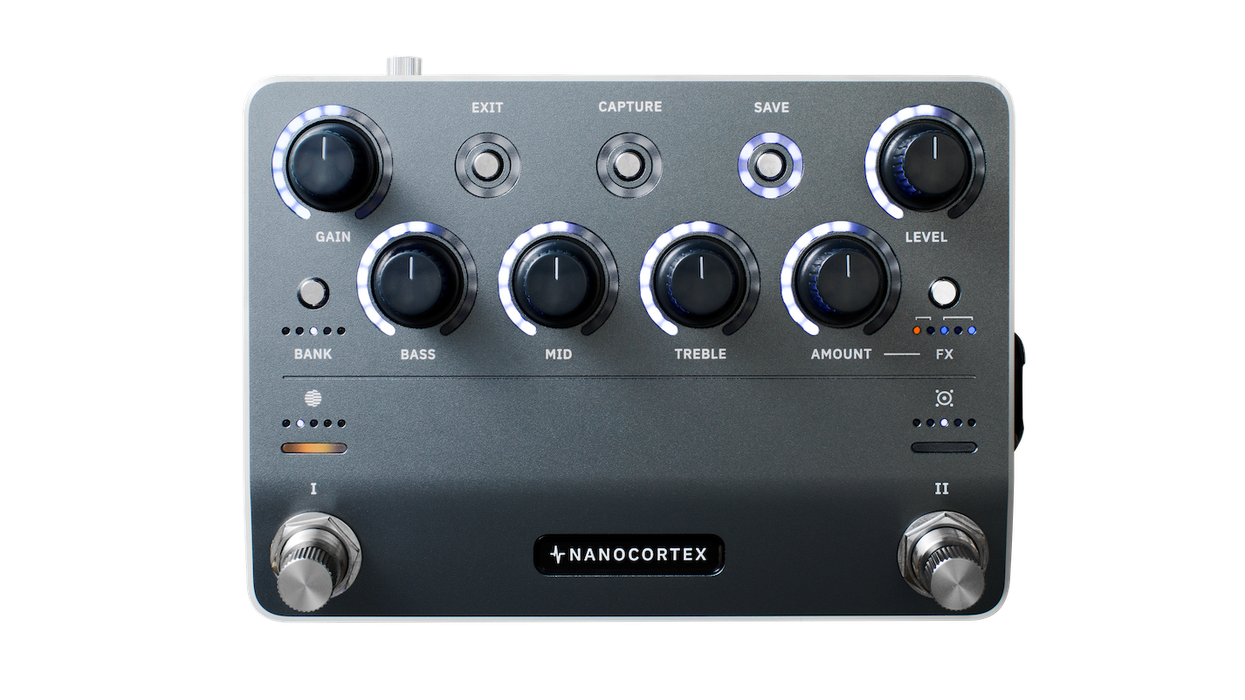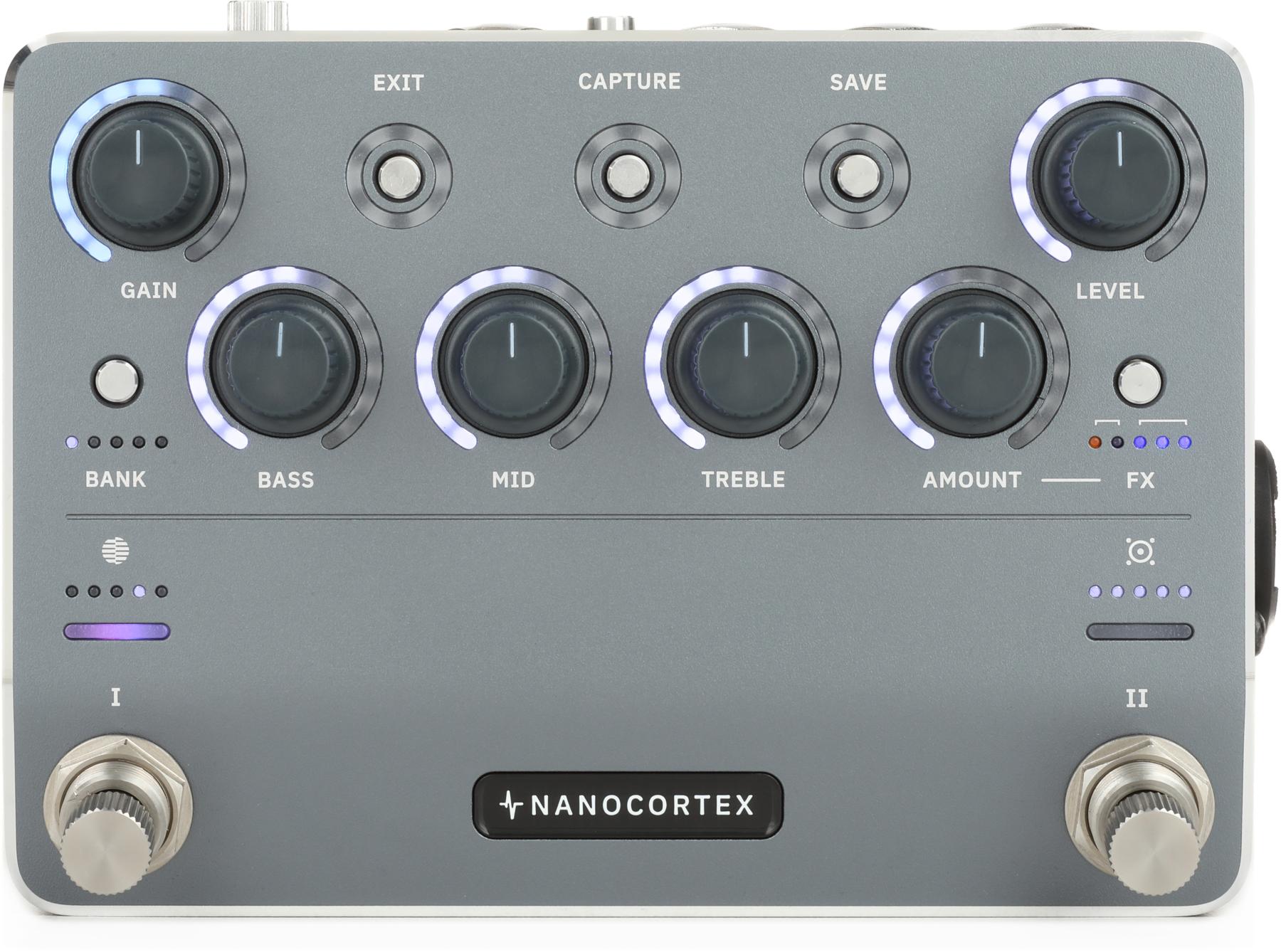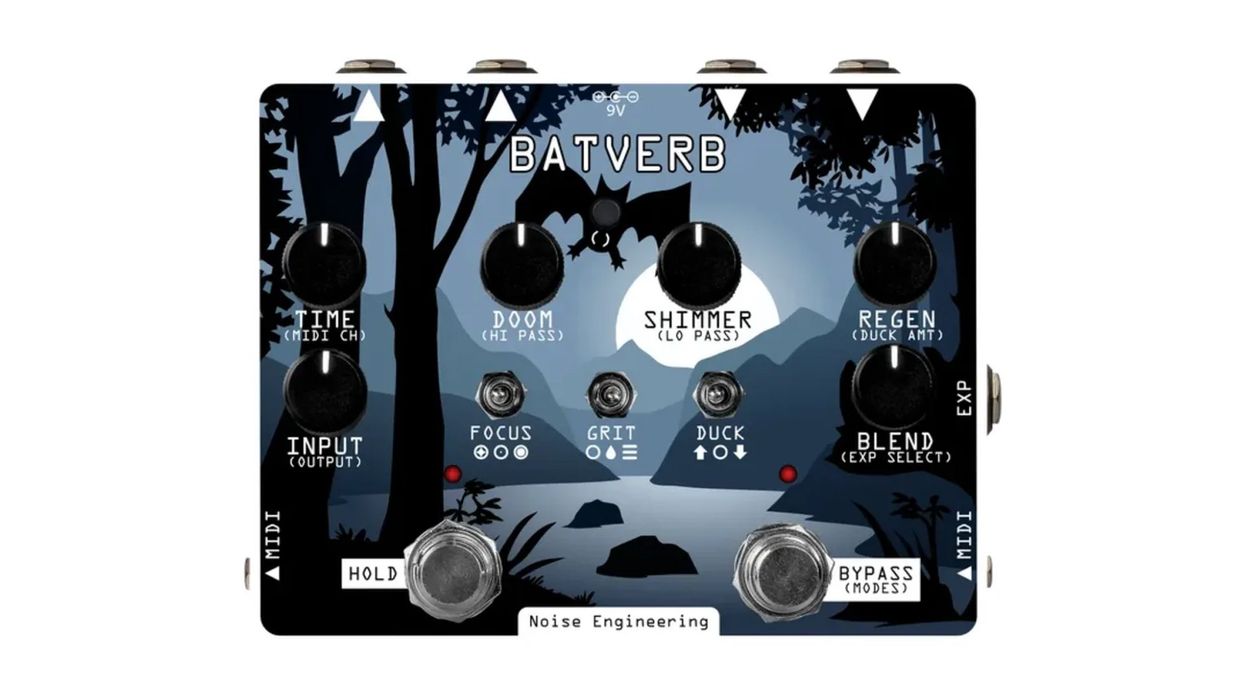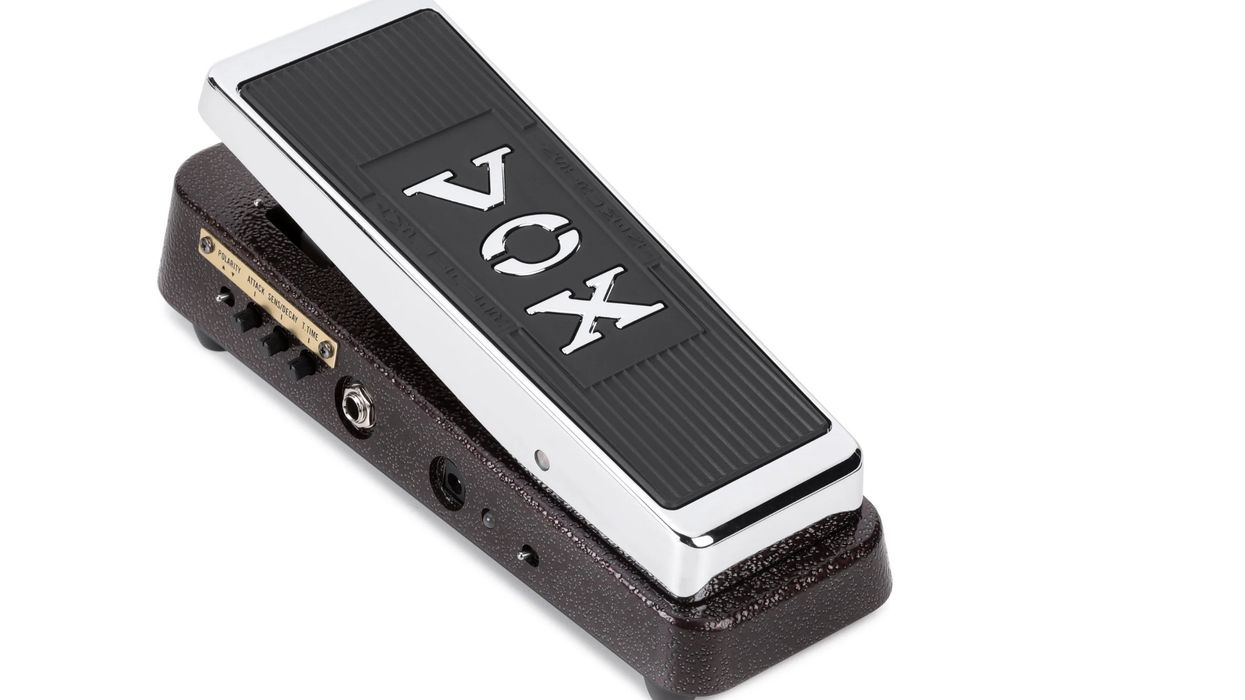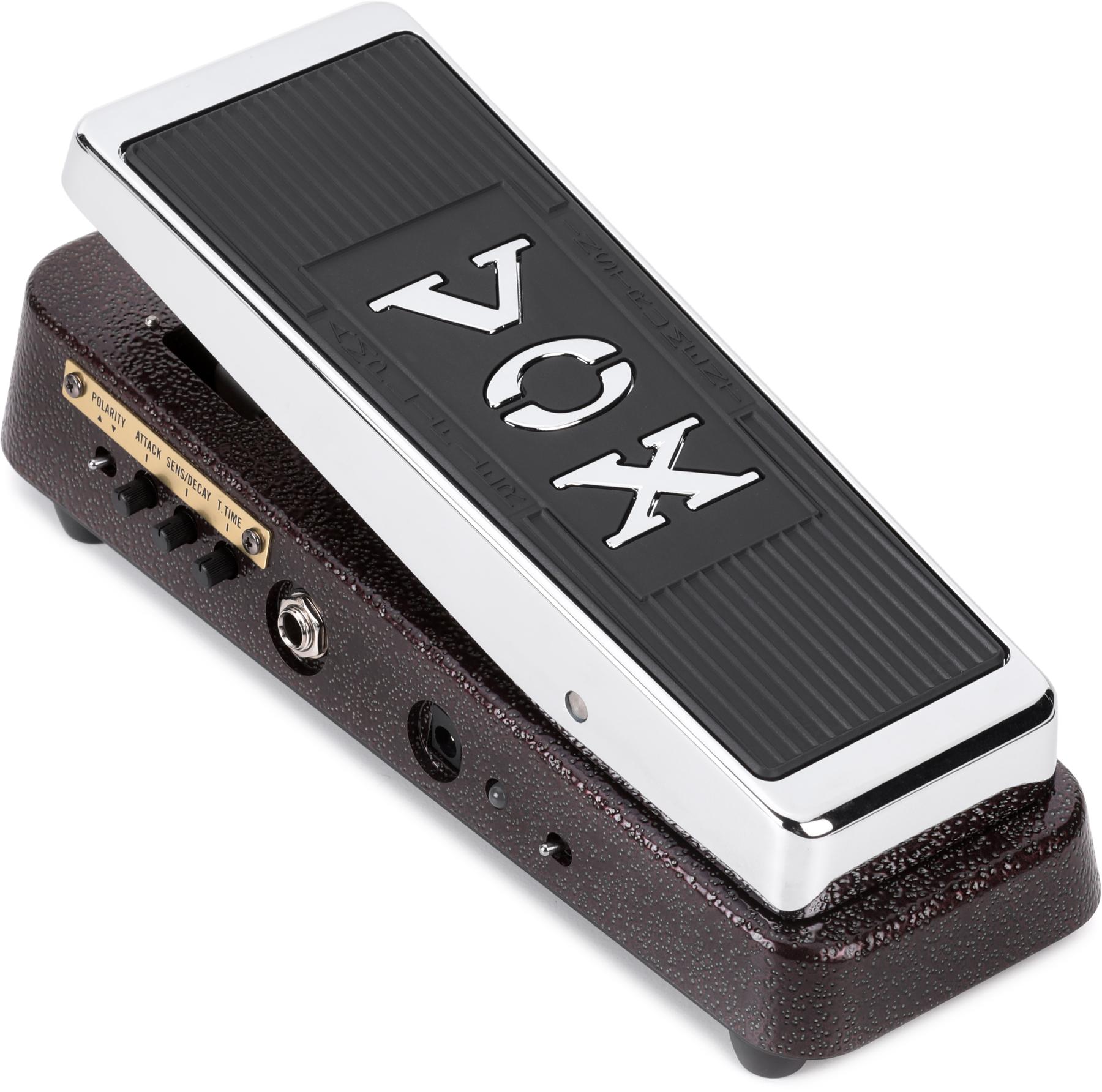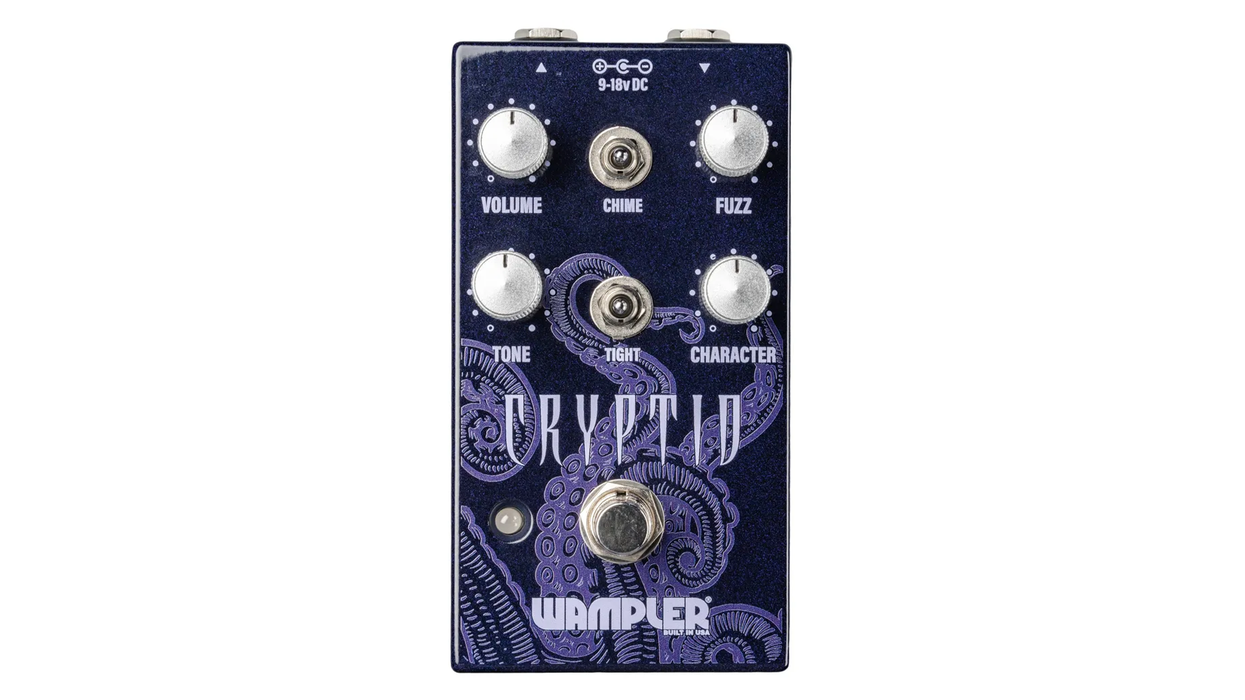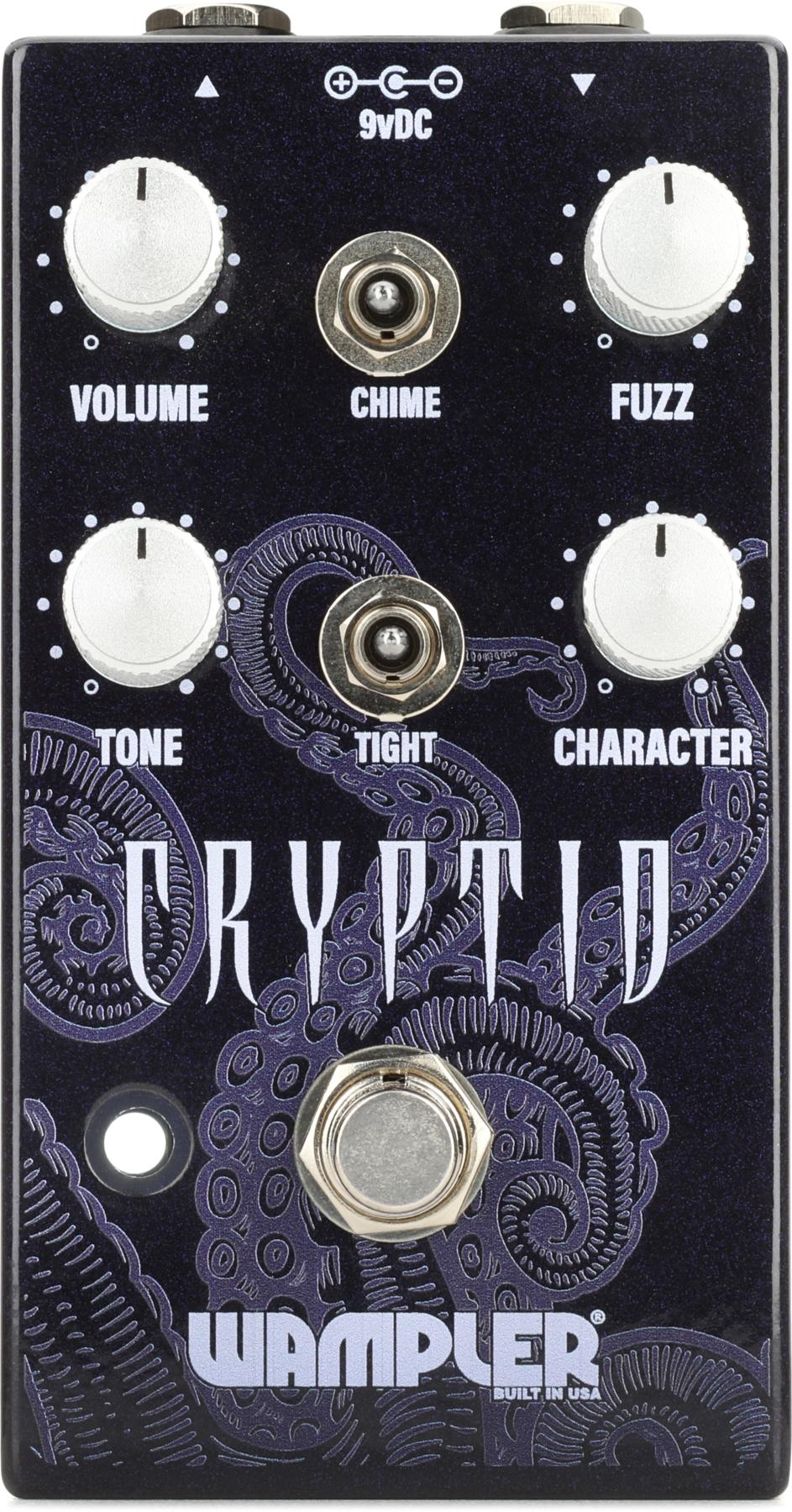Tech 21’s original Killer Wail was an under-the-radar wah that gathered a great reputation among those in the know. After a complete redesign, Tech 21 released the Killer Wail v2, as well as two other wahs—the Richie Kotzen Signature wah and the Killer Blue Wail (for bassists). These are a significant departure from the original Killer Wail.
Machined from solid billet aluminum, the Killer Wail v2 is sturdy yet light. In fact, my Cry Baby weighs more than twice as much. It’s sleek—almost aerodynamic if such things were a consideration for wah pedals—with little of the bulk associated with conventional wahs. With its compact footprint and top-mounted jacks it’s also pedalboard friendly, a claim few wahs can make. It can also be operated via a 9V battery or DC power supply.
A Wah for Modern Times
A nice vintage wah exudes, well, mojo. That’s the nature of the effect, and a fact we can probably all agree on. But the mechanics of most wah designs come with downsides. The majority of wahs (vintage and modern) employ pots that tend to get noisy and scratchy, and if used heavily will ultimately need replacement. The Killer Wail v2 eliminates these issues by using a light sensor instead of wah pots. Theoretically, the light sensor will almost never wear out. This isn’t a new solution—Morley’s beastly chrome wahs from the 1970s famously employ optical sensors, and continue to do so. But they are a very practical—and quiet—alternative to conventional filter pots that tend to act like dust magnets.
Tech 21 also equips the wah with a silent buffered bypass switch positioned at the top left corner. A blue light beneath the button glows red when the pedal is engaged. According to Tech 21, the actuator is rated for a million uses, so durability shouldn’t be a concern.
The Killer Wail v2’s proprietary filter delivers a distinct feel. As expected, toe-down boosts the highs—but even without distortion, your tone stays rich and warm while still slicing through a band mix. Add a drive pedal after the wah, and that tonal character pays big dividends, yielding biting, aggressive, and warm tonalities that are ideal for screaming solos.
Heel-down, the pedal boosts the low end, creating a softened attack that lends sustained chords an almost Fender Rhodes-like feel. Engaging a drive pedal brought out creamy, vocal-like lead tones. Placing gain pedals before the wah allowed for slightly glitchy, synth-like sounds on single-note lines, in addition to more conventional percussive wah textures.
The Killer Wail v2 may not be the most budget-friendly wah out there, but its combination of long-term durability, expressive tone, and smooth, natural sweeps makes it feel like a solid investment—from heel to toe.
